NYC’s Forgotten ‘War on Christmas Trees’
Discover how an obscure holiday crackdown affects festive street vendors today!



Everyday, billions of gallons of water are used in New York City for showers, filling up toilet bowls and consumption – and one government agency ensures that the entire system stays intact. The Department of Environmental Protection is responsible for maintaining New York City’s water supply, as well as the city’s air quality and excessive noise caused by everyday occurrences.
Here are 10 Secrets of the Department of Environmental Protection and New York City’s water supply.
Throughout most of New York’s sanitation history, waste was allowed to dumped into the ocean, gradually moving further and further out to sea. This rule changed when Congress banned ocean dumping in 1988, effective December 31, 1991, as a part of Congress’ 1972 Ocean Dumping Act. Once the ban was enacted, New York’s waste was transported via the “Poo-Poo-Choo-Choo” to Sierra Blanca, Texas. 45 trains per day traveled to the Texas town near the Mexican border.
According to Kate Ascher, author of The Works: Anatomy of a City, 25 tons of sludge were taken 90 miles south of El Paso and spread atop fields in one of the biggest sludge dumps in the world. Today, sludge is no longer sent to Sierra Blanca, and the last train was sent to Texas in 2001.
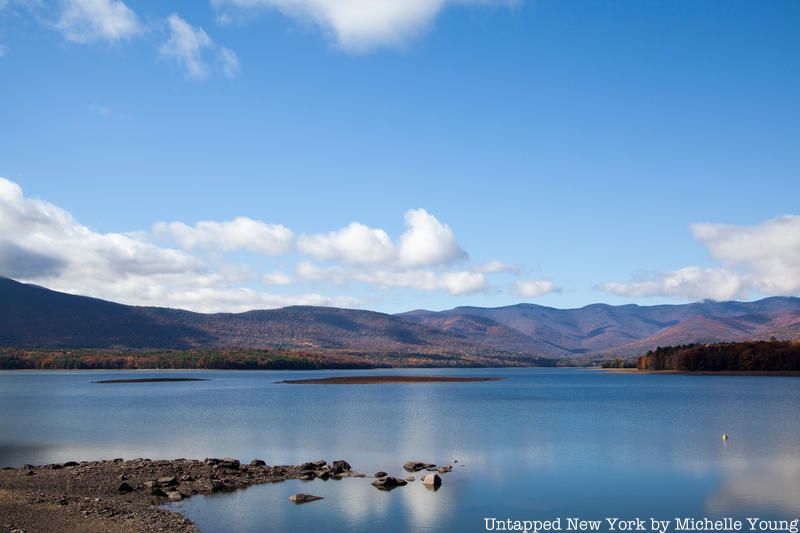
As Untapped Cities previously reported, the Catskill Aqueduct System was formed by flooding a dozen towns. During the construction of the Catskill System, 2,000 people were relocated from the area and 32 cemeteries were unearthed. The 1800 bodies were later buried elsewhere and the families were given $15 for burial arrangements. In addition, buildings and trees were torn down and industries were relocated to make room for the aqueducts. Today, when water levels are lower during some seasons, remnants of these towns emerge in the reservoir.

The Newtown Creek Digester Eggs, part of the Newtown Creek Wastewater Treatment Plant, are located in Greenpoint, Brooklyn and is New York City’s largest wastewater treatment plant. The Department of Environmental Protection designed the digester eggs and the surrounding architectural features with help from world-class architects led by Polshek Partnership, designers, engineers and a volunteer oversight committee called the Newtown Creek Monitoring Committee. The eggs have the capability to process between 1.3 to 1.5 million gallons of sludge a day. The sludge is then converted into reusable energy and gas while the Department of Sanitation ships the remaining sludge off to be processed at various landfills.
The Newtown Creek project was a collaboration between the community, architects and the New York City Department of Environmental Protection and is upheld as an example of collective planning at its best. As testament, the New York City Arts Commission awarded the Newtown Creek Wastewater Treatment Plant with two honors for Excellence in Design. Visitors are welcome to tour the Digester Eggs

Croton Aqueduct Gatehouse near Columbia University
Before New York’s current water supply system was in place, the city’s water came primarily from shallow, private wells. It wasn’t until 1677 that the city acquired its first public well at Bowling Green. But the citizens required more water as New York’s population continued to grow. First, a reservoir was created between Pearl and White Streets on the east side of Broadway and the Manhattan Company (now Chase Manhattan Bank) sank a well for water distribution in 1800.
The city soon decided to transport water from the Croton River in 1842, in what is now Westchester County to create the Croton Aqueduct. In 1905, the Board of Water Supply decided to tap into the Catskill region for addition water, and the Catskill System was completed in 1915. A little more than 20 years after the Catskill System opened, construction on the Delaware System began. This resulted in a number reservoirs opening, including the Delaware Reservoir, the Rondout Reservoir and the Neversink Reservoir. Currently, New York’s billions of gallons of water come from these three reservoir systems.
It should be noted that Brooklyn had its own reservoir, the Ridgewood Reservoir, which opened in 1858. It was later determined that water from the Croton Aqueduct system would be more efficient and of better quality, and water became a key factor in the consolidation of Brooklyn into the City of New York in 1898.
Check out 7 remnants of the Croton Aqueduct system in NYC.
New York City Water Tunnel #3 has been under construction by the NYC Department of Environmental Protection for thirty years. It was authorized in 1954. According to the DEP, it is one of the largest capital projects ever in New York City and will allow the city to inspect its tunnels #1 and #2 for the first time in history. The tunnel will be over 60 miles long, starting at the Hillview Reservoir in Yonkers. The first 13 miles, already in service, goes from Yonkers through the Bronx, into Manhattan across Central Park, and crossing the East River into Astoria, Queens. The Brooklyn section, which is 5.5 miles long, starts in Red Hook, with a connection to Staten Island, and runs through Park Slope, Bushwick, Bedford Stuyvesant, and to Maspeth in Queens where it will connect to Astoria.
Construction is set to be finished in the year 2020.
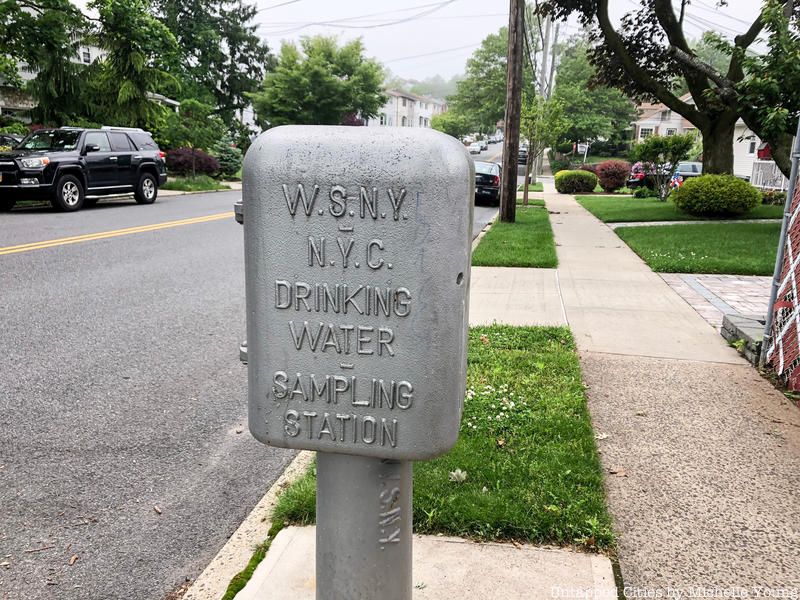
Ever wondered about these drinking water sampling stations? Since March 1997, the Department of Environmental Protection has taken samples of New York’s drinking water, collecting more than 1200 water samples per month from up to 546 locations. Water sample are tested for chlorine levels, pH, bacteria, pollutants and odor among other factors. The stations are located in a number of places around the city based on population density, water pressure zones, proximity to water mains and accessibility. Each cast-iron station is raised 4.5 feet off the ground and is marked “W.S.N.Y. N.Y.C Drinking Water Sampling Station.”
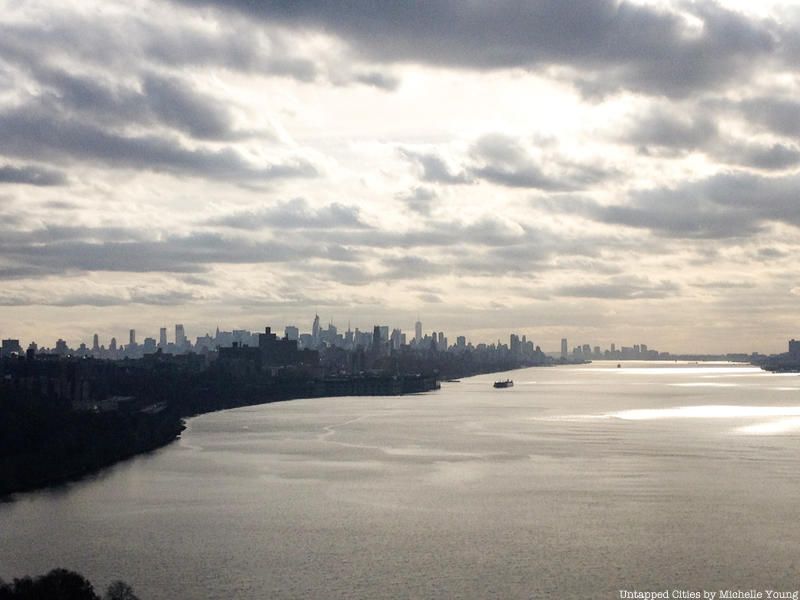
According to the Department of Environmental Protection, New York City air pollution contributes to 6% of annual deaths. The DEP works in cooperation with the New York Department of Health and Mental Hygiene (DOHMH) to monitor the city’s air pollution, which includes asbestos, elemental carbon, sulfur dioxide and ozone. To reduce the amount of air pollutants, the DOHMH partners with Queens College for the New York City Community Air Survey which measures the air pollution at 150 locations around the city.
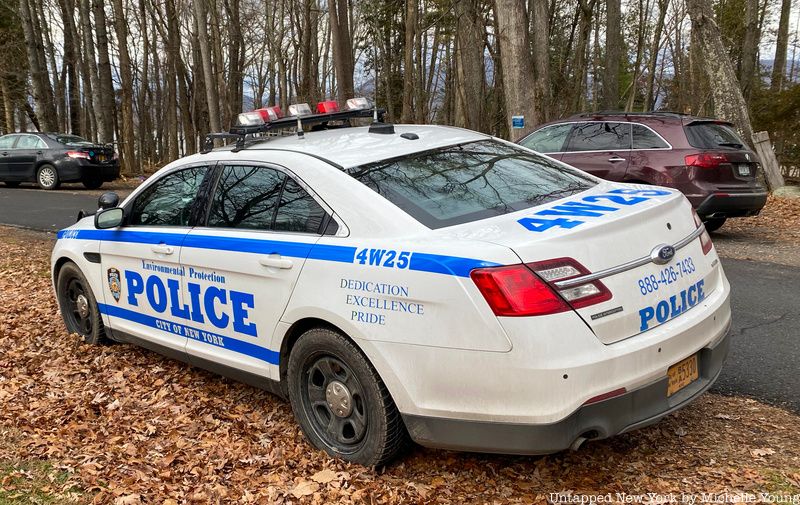
Regulating the city’s water supply is an important task and is led by the DEP Bureau of Police and Security. During its inception in 1906, the DEP Police was called the Bureau of Water Supply Police and was formed as part of the 1906 Water Supply Act. Among its tasks including controlling the fighting that arose between labor groups building the reservoirs upstate on the drowned towns.
There are seven DEP police precincts that “serve as geographic base of operations, monitor electronic security systems and dispatch forces as needed.” There are precincts located in both the “West-of-Hudson” and “East-of-Hudson” areas that protect New York City’s water supply and “the associated critical infrastructure from terrorism, pollution and crime.”
For 30 years the Department of Environmental Protection has invited children and teens to participate in its annual Water Resources Art and Poetry Contest. Each year, second through twelfth grade students in New York City and East and West of Hudson Watersheds create works that focus on all aspects of the water supply. This year’s contest centered on five themes including Water – A precious resource, The New York City Water Supply System and Harbor Water Quality and Healthy Marine Ecosystems.

In addition to matters dealing with the city’s water supply and air quality, the DEP also handles noise complaints. As previously reported by Untapped Cities, the mapping tool, CartoDB, created a map of New York City’s 311 noise complaint calls from 2015. The interactive maps show which areas make the most complaints as well as the type of complaint made. For example, Manhattan is the borough with the most noise complaints, and the neighborhoods of Harlem and Inwood have the most loud music complaints made.
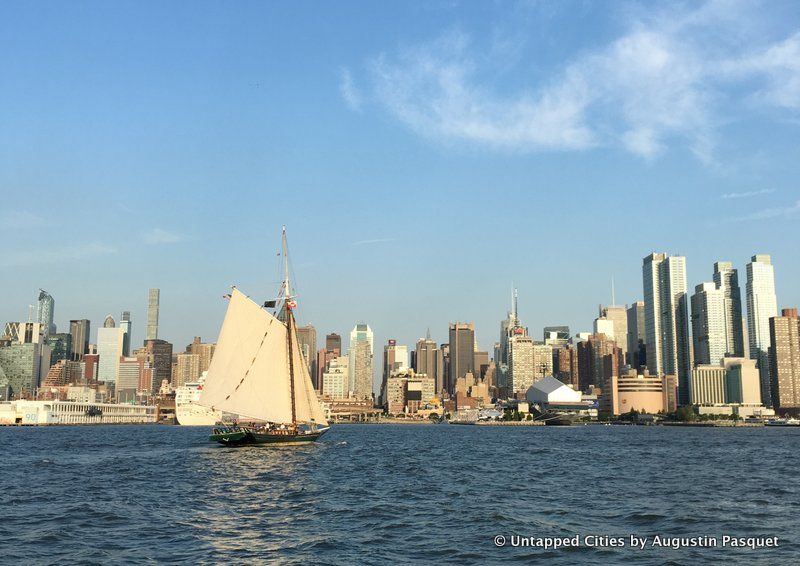
In addition to drinkable water and sewage water, the DEP regulates the cleanliness of the New York Harbor. According to the The Department of Environmental Protection website, the Harbor Survey Report notes that “the Harbor is cleaner now than at any time in the last 100 years.” The DEP works to maintain the Harbor’s clean state by employing boats to monitor its water and shoreline. This has led to an increase in recreational activities, including swimming and fishing.
Next, check out The Top 10 Secrets of NYC’s Department of Sanitation and Behind the Scenes at the NYC Sanitation Dept’s Art Gallery of Scavenged Objects. Keep up with the author @jen_bagcal.
Subscribe to our newsletter